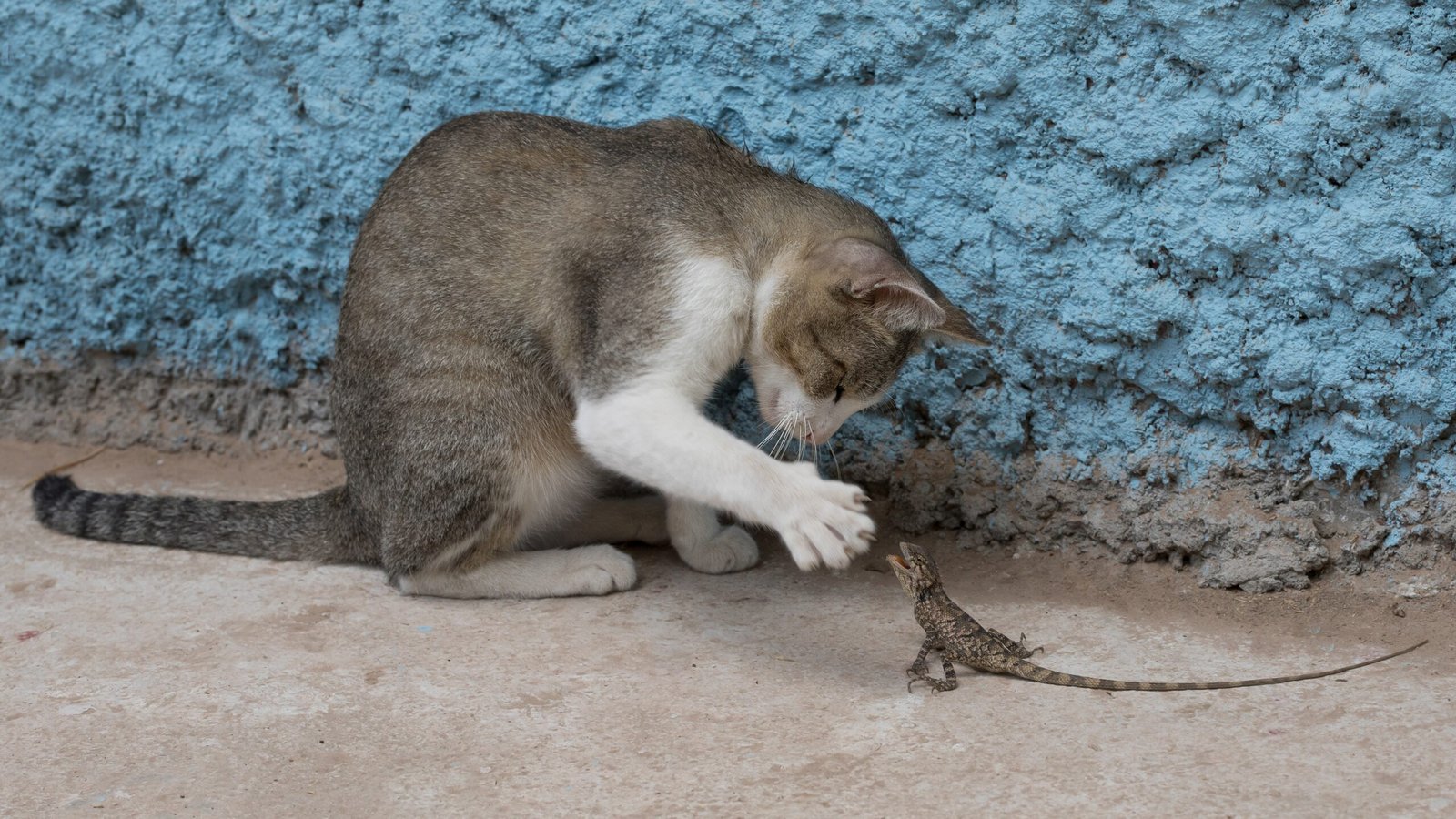There’s a fine line between independence and emotional withdrawal, especially when it comes to understanding the behaviors of those around us. But how can you really tell the difference? This question might seem like a puzzle, and the answer can be even more complex. Whether you’re trying to understand a loved one, a friend, or even yourself, recognizing these subtle distinctions can be both enlightening and transformative. Let’s dive into this intriguing topic and explore the many layers of human behavior.
Understanding Independence: A Natural Human Trait

Independence is an essential part of human development, often celebrated and encouraged from a young age. It’s that moment when a child first ties their own shoelaces or decides to ride a bike without training wheels. Independence is all about self-reliance and the ability to make decisions without needing constant approval or support from others. It’s like a bird learning to fly solo; it might wobble at first, but eventually, it soars. Embracing independence can lead to personal growth and a sense of empowerment, as it allows individuals to explore their capabilities and boundaries.
Emotional Withdrawal: A Protective Shield
Emotional withdrawal, on the other hand, is often a response to stress, trauma, or overwhelming emotions. Imagine a turtle retreating into its shell when threatened; emotional withdrawal serves as a protective mechanism to shield oneself from further harm. It’s a way of coping, but unlike independence, it might lead to isolation and loneliness if not addressed. When someone withdraws emotionally, they might appear distant or unapproachable, but this behavior often masks deeper feelings of vulnerability and fear.
Recognizing the Signs of Independence
Recognizing independence in someone can be an inspiring experience. Independent individuals often exhibit confidence, self-motivation, and a willingness to take on challenges. They are like pioneers, forging their path with determination and courage. You might notice them making decisions without seeking constant validation, expressing their opinions freely, and embracing new experiences with enthusiasm. These signs are often accompanied by a sense of satisfaction and fulfillment, as independence aligns with personal values and aspirations.
Spotting Emotional Withdrawal: The Hidden Clues

Spotting emotional withdrawal requires a keen eye and a sensitive heart. Unlike independence, emotional withdrawal might manifest as avoidance, lack of communication, and a reluctance to engage in social activities. It’s like a shadow that silently creeps in, leaving the person feeling disconnected and misunderstood. Pay attention to changes in behavior, such as reduced eye contact, monosyllabic responses, or a sudden disinterest in hobbies they once loved. These subtle clues can provide insight into their emotional state and the underlying reasons for their withdrawal.
The Role of Communication in Differentiating the Two

Communication plays a crucial role in differentiating between independence and emotional withdrawal. Imagine a bridge connecting two islands; communication serves as that bridge, fostering understanding and empathy. Open and honest conversations can reveal the motivations behind someone’s behavior, whether it’s a desire for autonomy or a need to protect oneself. By engaging in active listening and expressing genuine interest, you can create a safe space for them to share their feelings and perspectives.
Independence vs. Emotional Withdrawal: The Emotional Spectrum

Independence and emotional withdrawal exist on a spectrum, with varying degrees of intensity and expression. It’s like a colorful palette, where each shade represents a unique blend of emotions and behaviors. While independence is often associated with positive emotions like confidence and joy, emotional withdrawal might be linked to feelings of sadness, anxiety, or fear. Understanding this spectrum can help you navigate the complexities of human emotions and foster compassion and empathy for those who might be struggling.
Empathy: A Key to Understanding

Empathy is the key to unlocking the mysteries of independence and emotional withdrawal. It’s like a mirror reflecting the emotions and experiences of others, allowing you to see the world through their eyes. By cultivating empathy, you can build deeper connections and foster a sense of belonging and support. Empathy encourages you to listen without judgment, validate their feelings, and offer reassurance and understanding. It’s a powerful tool that can bridge the gap between independence and emotional withdrawal, fostering healing and growth.
The Impact of Culture on Independence and Emotional Withdrawal

Culture plays a significant role in shaping our understanding of independence and emotional withdrawal. Different cultures have unique values, beliefs, and expectations regarding autonomy and emotional expression. It’s like a mosaic, where each piece represents a different cultural perspective. In some cultures, independence is highly valued and encouraged, while in others, interdependence and communal support are prioritized. Recognizing these cultural influences can provide valuable insights into the motivations and behaviors of individuals from diverse backgrounds.
Personal Growth Through Independence
Independence is often a catalyst for personal growth and self-discovery. It’s like planting a seed in fertile soil, where it can grow and flourish. By embracing independence, individuals can explore their interests, develop new skills, and build self-confidence. This journey of self-exploration can lead to a deeper understanding of one’s values, passions, and purpose. Independence encourages individuals to take risks, learn from their experiences, and cultivate resilience in the face of challenges.
Healing from Emotional Withdrawal

Healing from emotional withdrawal requires patience, compassion, and support. It’s like tending to a wounded bird, gently nurturing it back to health. By acknowledging and validating their emotions, you can create a safe space for them to heal and rebuild connections. Encouraging open communication, seeking professional help, and engaging in self-care practices can facilitate the healing process. Remember, healing takes time, and it’s important to be gentle and understanding as they navigate their journey toward emotional well-being.
Supporting Loved Ones: The Power of Presence

Supporting loved ones who may be experiencing emotional withdrawal requires the power of presence. It’s like being a lighthouse, providing guidance and reassurance in times of darkness. By being present, you can offer a listening ear, a comforting embrace, and a sense of stability. Your presence can serve as a reminder that they are not alone and that they are valued and loved. Supporting loved ones involves being patient, understanding, and non-judgmental, allowing them to express their emotions without fear of criticism or rejection.
The Influence of Past Experiences
Past experiences can significantly influence an individual’s tendency toward independence or emotional withdrawal. It’s like the roots of a tree, anchoring it in the soil and shaping its growth. Traumatic experiences, childhood upbringing, and past relationships can leave lasting imprints on one’s emotional landscape. Understanding these influences can provide valuable context for their behavior and help you approach them with empathy and compassion. By acknowledging their past, you can support them in healing and moving forward.
The Role of Self-Awareness

Self-awareness is a powerful tool for differentiating between independence and emotional withdrawal. It’s like holding a mirror to your soul, reflecting your thoughts, emotions, and behaviors. By cultivating self-awareness, individuals can gain insight into their motivations, triggers, and patterns of behavior. This awareness allows them to recognize when they are seeking independence or withdrawing emotionally. Self-awareness empowers individuals to make conscious choices, set healthy boundaries, and seek support when needed.
Balancing Independence and Connection

Finding a balance between independence and connection is essential for emotional well-being. It’s like walking a tightrope, where each step requires focus and intention. Independence allows individuals to explore their interests and pursue their goals, while connection fosters a sense of belonging and support. Striking this balance involves setting boundaries, maintaining open communication, and nurturing relationships. By embracing both independence and connection, individuals can cultivate a fulfilling and harmonious life.
Setting Healthy Boundaries

Setting healthy boundaries is crucial for maintaining independence and preventing emotional withdrawal. It’s like building a fence around a garden, protecting it from external influences while allowing it to thrive. Boundaries help individuals define their limits, communicate their needs, and prioritize self-care. By setting boundaries, individuals can create a sense of autonomy and protect their emotional well-being. Healthy boundaries foster mutual respect, understanding, and trust in relationships.
The Importance of Self-Care
Self-care is an essential practice for nurturing independence and preventing emotional withdrawal. It’s like watering a plant, providing it with the nourishment it needs to grow. Self-care involves prioritizing physical, emotional, and mental well-being through activities that bring joy, relaxation, and fulfillment. By engaging in self-care, individuals can recharge their energy, reduce stress, and cultivate resilience. Self-care is a powerful tool for maintaining a healthy balance between independence and connection.
Recognizing the Need for Professional Help

Recognizing the need for professional help is an important step in addressing emotional withdrawal and fostering independence. It’s like seeking guidance from a skilled gardener to nurture a struggling plant. Professional support, such as therapy or counseling, can provide individuals with the tools and strategies to navigate their emotions and challenges. A mental health professional can offer a safe space for exploration, healing, and growth. Seeking help is a courageous act that demonstrates a commitment to one’s well-being.
Building Emotional Resilience
Building emotional resilience is key to navigating the complexities of independence and emotional withdrawal. It’s like strengthening the roots of a tree, enabling it to withstand storms and thrive. Emotional resilience involves developing coping skills, cultivating a positive mindset, and building a support network. By building resilience, individuals can navigate life’s challenges with grace and adaptability. Emotional resilience empowers individuals to embrace independence while maintaining meaningful connections.
Fostering a Supportive Environment

Fostering a supportive environment is essential for nurturing independence and preventing emotional withdrawal. It’s like creating a nurturing garden, where each plant is supported and encouraged to grow. A supportive environment involves fostering open communication, promoting empathy and understanding, and celebrating individuality. By creating a supportive environment, individuals can feel valued, respected, and empowered to embrace their independence while maintaining meaningful connections.
The Journey to Self-Discovery
The journey to self-discovery is a lifelong process that involves exploring the depths of independence and emotional withdrawal. It’s like embarking on a voyage, where each experience is a stepping stone toward greater understanding and fulfillment. Self-discovery involves embracing one’s strengths and vulnerabilities, learning from past experiences, and cultivating self-compassion. By embarking on this journey, individuals can uncover their true selves and create a life that aligns with their values and aspirations.
In conclusion, understanding the difference between independence and emotional withdrawal is a complex but rewarding endeavor. It requires empathy, communication, and a willingness to explore the depths of human behavior. By recognizing the signs, fostering a supportive environment, and embracing self-awareness, individuals can navigate the intricacies of independence and emotional withdrawal. So, the next time you encounter these behaviors, ask yourself: How can I support and empower those around me on their journey to self-discovery?
Hi, I’m Bola, a passionate writer and creative strategist with a knack for crafting compelling content that educates, inspires, and connects. Over the years, I’ve honed my skills across various writing fields, including content creation, copywriting, online course development, and video scriptwriting.
When I’m not at my desk, you’ll find me exploring new ideas, reading books, or brainstorming creative ways to solve challenges. I believe that words have the power to transform, and I’m here to help you leverage that power for success.
Thanks for stopping by, Keep coming to this website to checkout new articles form me. You’d always love it!





